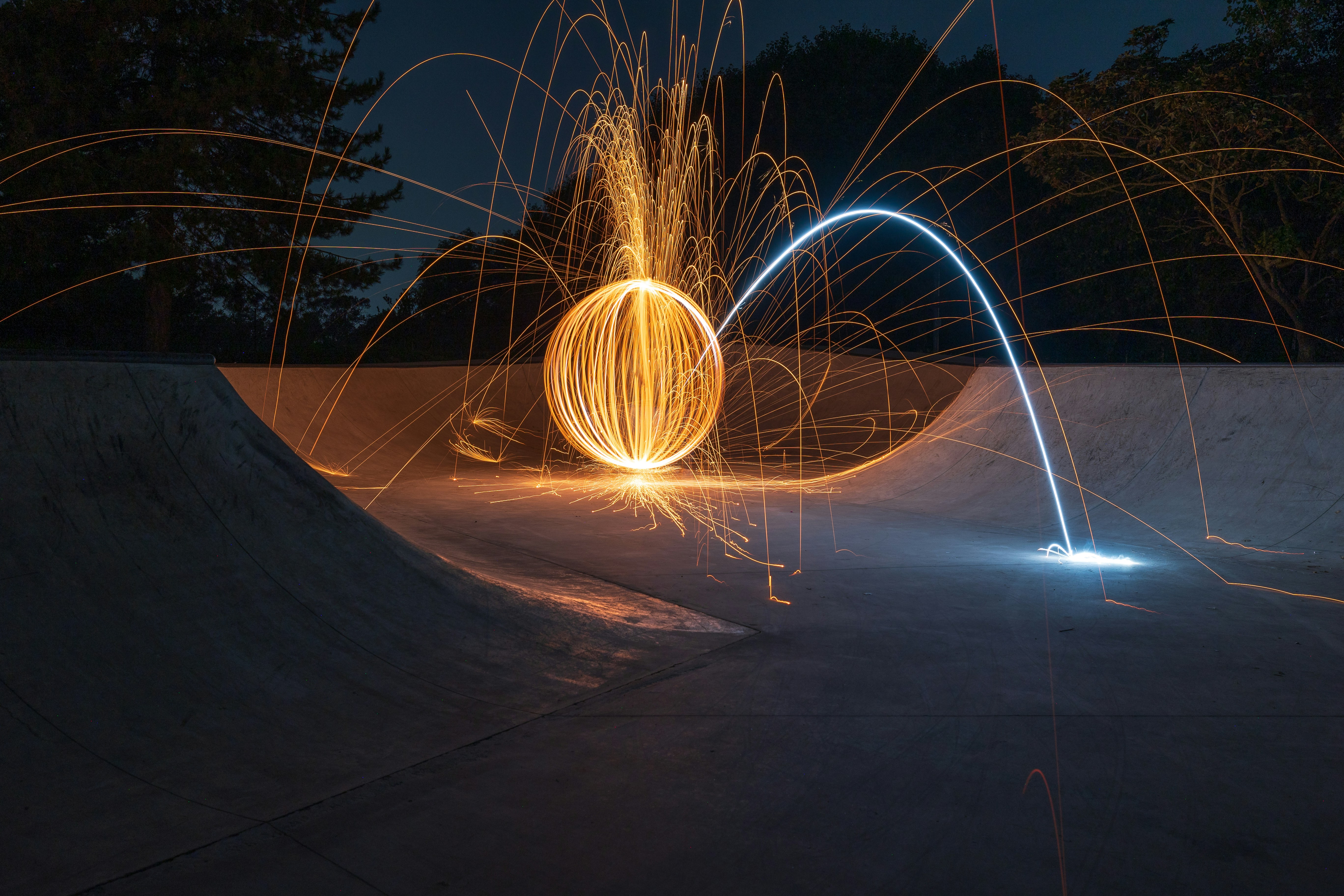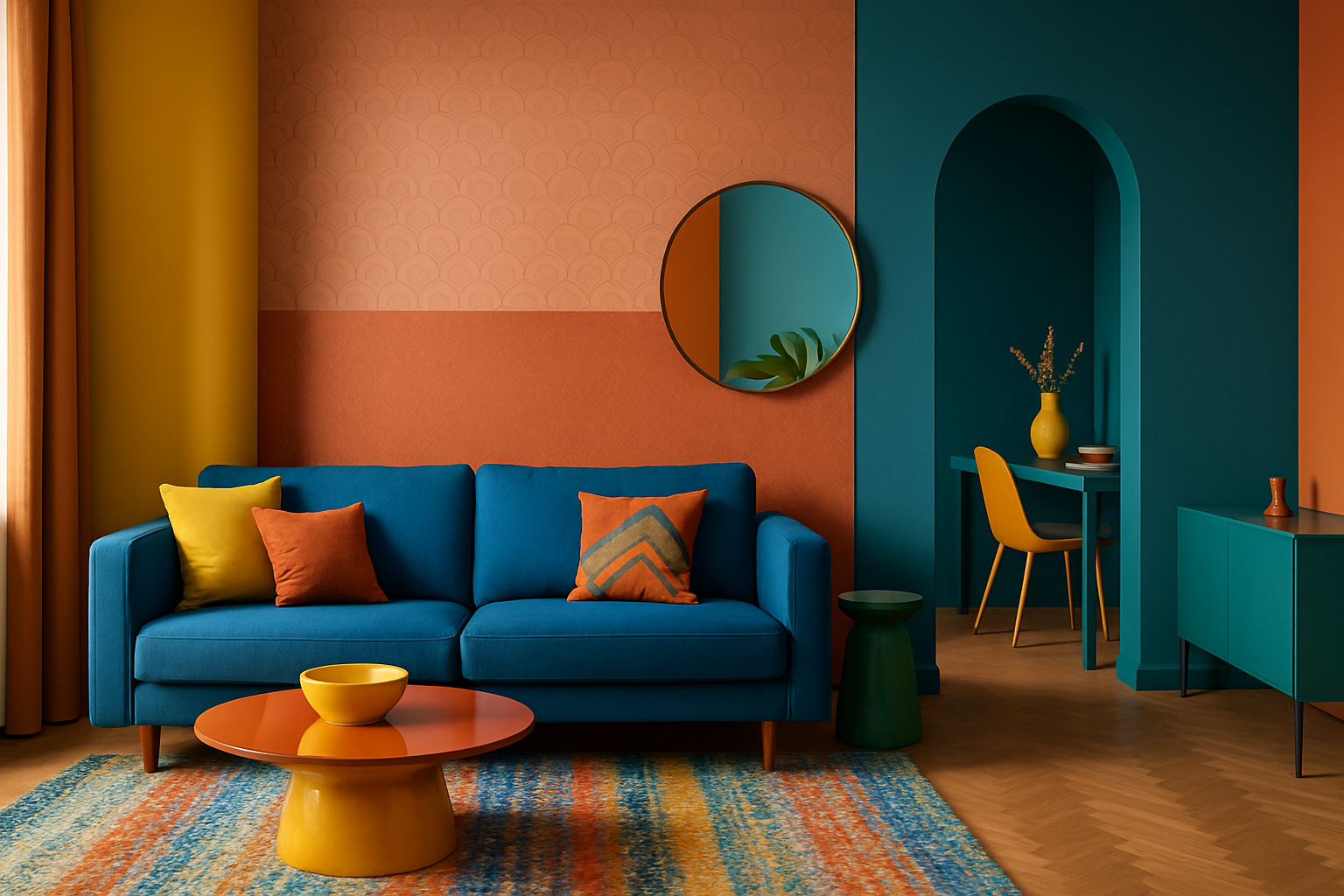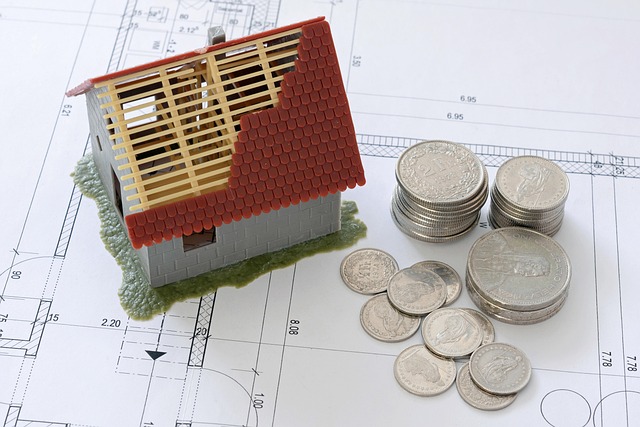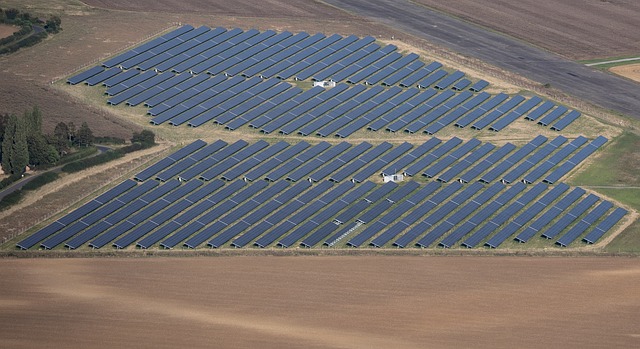The Unseen Influence: The Role of Stage Design in Theatrical Productions
The theater is a world of make-believe, a place where the impossible becomes possible, primarily due to the magic of stage design. Through the creativity of stage designers, we have seen cities rise and fall, ships sail across stormy seas, and deserts shimmer under a blazing sun, all within the confines of a stage. This article delves into the often-underestimated aspect of theater - stage design - exploring its historical evolution, its current innovations and its impact on theatrical productions.

The Foundations: A Theatrical Time Machine
To understand the role of stage design, we must travel back to Ancient Greece, the birthplace of theater. The Greeks used simple, practical designs which mainly included a backdrop known as skene, and a raised platform. The Romans later introduced scaenae frons, a decorated, architectural backdrop giving an illusion of depth.
The Renaissance period saw the introduction of perspective scenery painted on flat panels, transforming the stage into a three-dimensional visual spectacle. The 19th century introduced the ‘Box Set’ concept, where three walls of a room were constructed on stage, providing a realistic indoor setting.
The Modern Era: Breaking Boundaries
Contemporary stage design has taken a leap from its historical counterparts. Today’s designers aren’t limited to paint and wood. They incorporate digital technology, projections, and even holographic imagery to create immersive experiences. The Broadway production of ‘The Curious Incident of the Dog in the Night-Time’ is a classic example where LED screens and projections were extensively used to depict the protagonist’s mind.
The Significance: More Than Just a Backdrop
Stage design is not just about creating visually appealing backdrops but also about storytelling. It sets the tone, indicates the time and place, and further enhances the narrative. A well-designed stage can transport the audience to another world, making them feel a part of the story. For instance, the rotating stage and barricade in ‘Les Misérables’ added dynamism and depth, intensifying the audience’s emotional experience.
Current Innovations: A New Era Beckons
The future of stage design seems promising with advancements in technology. Virtual Reality (VR) and Augmented Reality (AR) are making their way into theater, offering immersive and interactive experiences. Productions like ‘The Tempest’ by the Royal Shakespeare Company have already started experimenting with such technologies, marking a new era in stage design.
The Impact: Stage Design’s Unseen Influence
The influence of stage design extends beyond the theater. It has inspired architecture, interior design, and even fashion. But, most importantly, it has a profound psychological impact on the audience. It can make the audience laugh, cry, or gasp in wonder, becoming an integral part of the theatrical experience.
In conclusion, stage design plays a vital role in theatrical productions. It’s more than just a backdrop; it’s a powerful tool that helps bring a story to life. As technology continues to evolve, it will be exciting to see how stage design will transform, creating new possibilities and experiences in the world of theater.




